The theory is that journalists should report the news, not the headlines, but on Friday the Washington Post, a known ally of American democracy during Watergate, broke that principle. . The newspaper refused to support candidates who defend the rule of law in the upcoming elections, especially against convicted criminals who clearly aim to overturn the rule of law on January 6, 2021. .
Will Lewis, the Post’s UK chief executive, wrote an editorial saying the Post would take a wait-and-see approach to the most important US election of modern times (the old truth that “all it takes for the triumph of evil is for good”) (reminds me) Men do nothing. ”)
But that editorial was followed by public demagoguery by the Post’s newsdesk, and internal reports that Amazon oligarch Jeff Bezos, who bought the paper for $250 million in 2013, allegedly influenced the decision. The situation was exposed.
Mr. Bezos now finds himself in what could be described as the “libertarian” billionaire’s dilemma. Having guaranteed the Post’s editorial independence, it is unlikely that he will completely shut down current reporting on his interference. The result is that the frenzied decision-making of owners and CEOs is exposed for all to see, with newspapers proclaiming that “democracy perishes in the dark.”
And for many of us who first cultivated the idea of becoming journalists after watching The President’s Men, it’s no wonder Bob Woodward and Carl Bernstein are still front and center in this latest deep-throating reveal. It’s such a pleasure to read.
follow the money
At the Serpentine North Gallery in London’s Hyde Park, perhaps the most important legal battle of our time – the question of who owns individual human creativity – is being held at the Serpentine North Gallery in London’s Hyde Park. An interesting exhibition is being held dedicated to the question of whether or not there is. Or should those individual human acts be protected by copyright in the normal way?
The Call, a collaboration between artists Holly Herndon and Matt Dryhurst, dramatizes this question in compelling ways, including a cacophony of “vocal datasets” augmented by human voices in digital concerts. Masu.
This exhibition evokes the idea that AI, when used thoughtfully, can help the world sing in perfect harmony. But another age-old principle is at issue here. It’s “cui bono, follow the money.”
If multinational conglomerates are so keen to use all of our ideas to train their machines, then the flip side must also be applied. That means, in the interest of transparency and regulation for all of us, their heavily guarded content creation algorithms must also be opened up.
Skip past newsletter promotions
Analysis and opinion on the week’s news and culture from Observer’s best writers.
Privacy Notice: Newsletters may include information about charities, online advertising, and content sponsored by external parties. Please see our Privacy Policy for more information. We use Google reCaptcha to protect our website and are subject to the Google Privacy Policy and Terms of Service.
After newsletter promotion
Be careful of the gap
The National Trust created 49 seedlings from Sycamore Gap trees felled in September 2023. Photo: James Dobson/©National Trust Images/James Dobson
Few acts of vandalism have had as much of a psychological impact as the felling of Northumberland’s beloved Sycamore Gap tree. In response, the National Trust’s Trees of Hope campaign called on communities to claim ownership of 49 plane tree saplings (one for every foot of original height) to be planted in homage.
On Friday, I made a last-minute application for one of those saplings on behalf of this newspaper and its loyal community of readers. I confess, this is because, over the years, people have written letters to me and colleagues politely asking, “How many trees had to die to print this log?” I confess that it was an act of overdue repentance for all the kind correspondents who sent me.
What better chance to finally start redressing the balance?
Tim Adams is a columnist for the Observer



